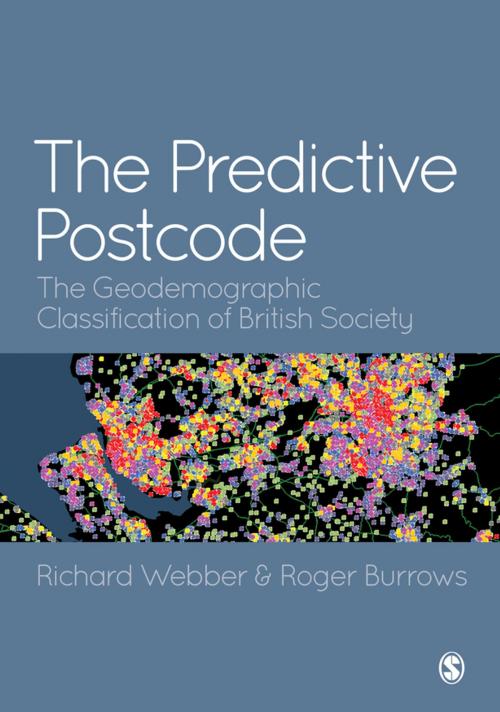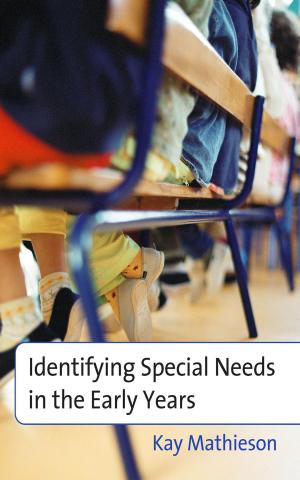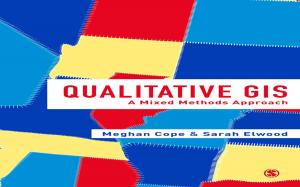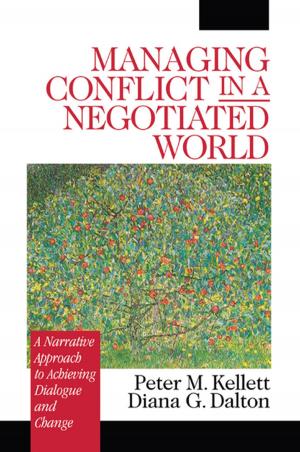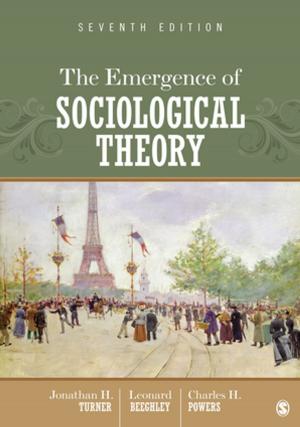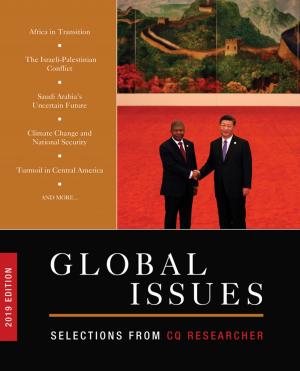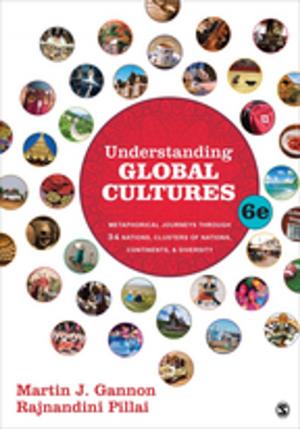The Predictive Postcode
The Geodemographic Classification of British Society
Nonfiction, Social & Cultural Studies, Social Science, Human Geography, Science & Nature, Science| Author: | Richard Webber, Professor Roger Burrows | ISBN: | 9781526448835 |
| Publisher: | SAGE Publications | Publication: | March 5, 2018 |
| Imprint: | SAGE Publications Ltd | Language: | English |
| Author: | Richard Webber, Professor Roger Burrows |
| ISBN: | 9781526448835 |
| Publisher: | SAGE Publications |
| Publication: | March 5, 2018 |
| Imprint: | SAGE Publications Ltd |
| Language: | English |
It is not lost on commercial organisations that where we live colours how we view ourselves and others. That is why so many now place us into social groups on the basis of the type of postcode in which we live. Social scientists call this practice “commercial sociology”.
Richard Webber originated Acorn and Mosaic, the two most successful geodemographic classifications. Roger Burrows is a critical interdisciplinary social scientist. Together they chart the origins of this practice and explain the challenges it poses to long-established social scientific beliefs such as:
- the role of the questionnaire in an era of “big data”
- the primacy of theory
- the relationship between qualitative and quantitative modes of understanding
- the relevance of visual clues to lay understanding.
To help readers evaluate the validity of this form of classification, the book assesses how well geodemographic categories track the emergence of new types of residential neighbourhood and subject a number of key contemporary issues to geodemographic modes of analysis.
It is not lost on commercial organisations that where we live colours how we view ourselves and others. That is why so many now place us into social groups on the basis of the type of postcode in which we live. Social scientists call this practice “commercial sociology”.
Richard Webber originated Acorn and Mosaic, the two most successful geodemographic classifications. Roger Burrows is a critical interdisciplinary social scientist. Together they chart the origins of this practice and explain the challenges it poses to long-established social scientific beliefs such as:
- the role of the questionnaire in an era of “big data”
- the primacy of theory
- the relationship between qualitative and quantitative modes of understanding
- the relevance of visual clues to lay understanding.
To help readers evaluate the validity of this form of classification, the book assesses how well geodemographic categories track the emergence of new types of residential neighbourhood and subject a number of key contemporary issues to geodemographic modes of analysis.
